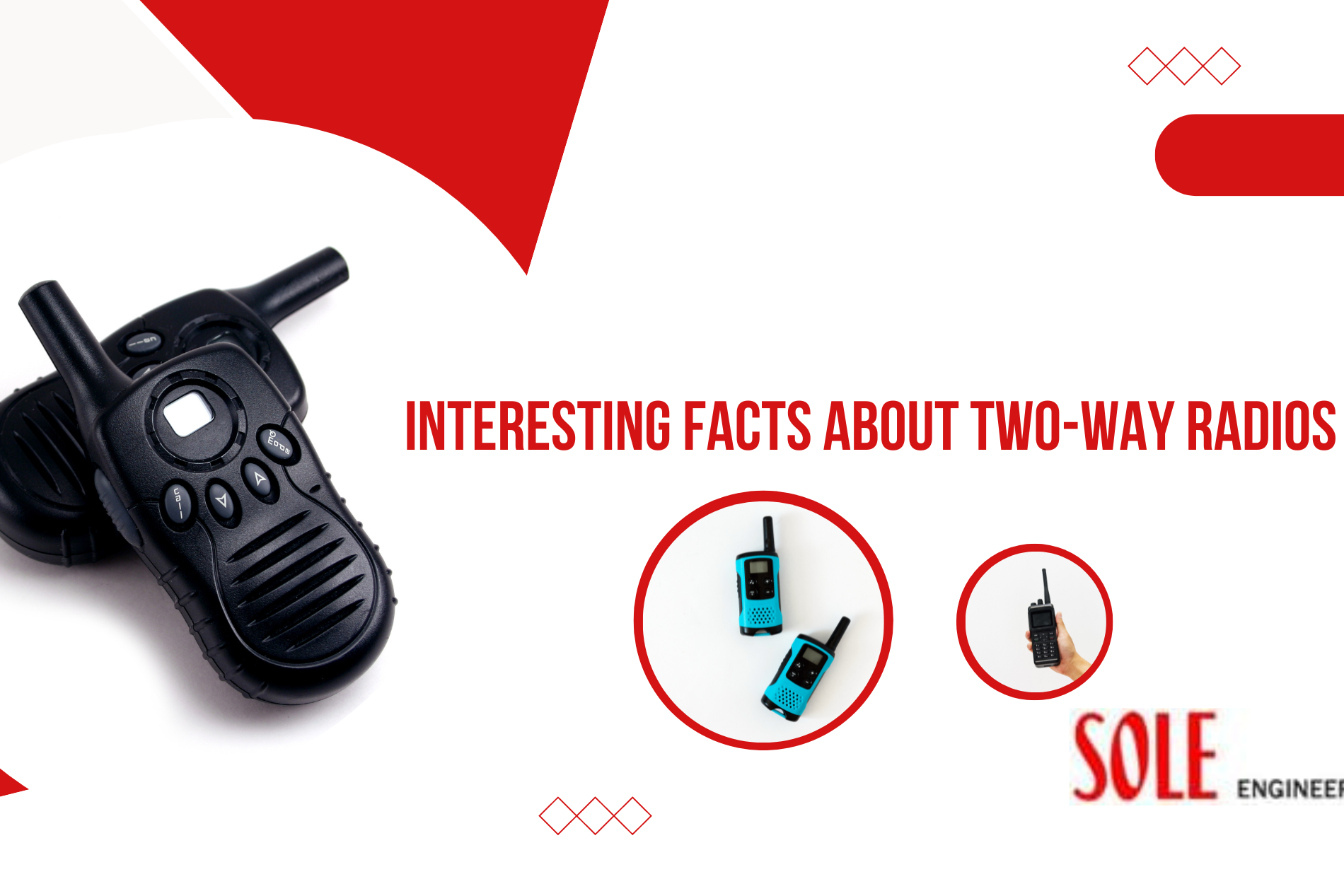Do you struggle to believe that the two-way radios are still alive? Are you wondering why people are using walkie-talkies in 2023? Here are 6 Two-way radios facts that you must know!
In an era dominated by smartphones, trusty two-way radios might seem like a thing of the past. However, professionals in various industries continue to rely on these handheld communication devices for their unmatched safety and efficiency. The debate over whether walkie-talkies are safer than cell phones has been ongoing. In this article, we will delve into the reasons why & where two-way radios are considered safer and explore the distinct advantages they offer over mobile phones in critical situations. Grab your snacks, and let’s unravel the truth between these two communication tools.
6 Two-way Radios Facts you MUST know
1. Instant and Dedicated Communication:
When it comes to safety, on-time communication is necessary. Two-way radios provide instant, direct, and dedicated communication channels without the need for dialing or connecting calls. In emergencies or high-risk scenarios, the ability to communicate immediately can make all the difference. Unlike cell phones, which are dependent on cellular networks, two-way radios operate on dedicated frequencies, guaranteeing seamless and dependable communication in almost every area.
2. Enhanced Privacy and Security:
Among the most interesting two-way radios facts, one is enhanced privacy & security. Security breaches and data leaks are significant concerns in the digital age. Two-way radios, operating on dedicated frequencies and often employing encrypted communication, provide a higher level of privacy and security compared to cell phones. In sectors dealing with sensitive information or during security operations, two-way radios offer a shield against unauthorized access and interception. Hence, walkie-talkies are considered to be safer than mobile phones.
3. Robust and Weather-Resistant Design of Two-Way Radios:
Smartphones are designed for everyday use, while two-way radios are engineered to withstand tough conditions. They are built to be rugged, durable, and weather-resistant, making them ideal for industries like construction, manufacturing, and outdoor adventures. Walkie-talkies are less prone to damage from accidental drops, making them reliable companions in demanding work environments like construction areas.
4. Reliability of Two-Way Radios in Remote Areas:
In remote or rural areas where cellular coverage is limited or non-existent, mobile phones become ineffective communication tools. In contrast, walkie-talkies shine in these challenging environments, ensuring seamless connectivity and communication for various industries, including forestry, oil exploration, and emergency services.
5. Simplicity and User-Friendly Interface:
In critical situations, complicated user interfaces can lead to errors and delays. Two-way radios boast a straightforward push-to-talk functionality, making them user-friendly, even for individuals wearing gloves or operating under stressful conditions. Their simplicity and ease of use contribute to safer and more efficient communication.
6. Low Maintenance and Cost-Effective:
Walkie-talkies are generally more cost-effective than cell phones. They don’t require monthly service plans or roaming charges, which can lead to significant savings for businesses. Additionally, two-way radios have longer battery life, reducing the need for frequent recharging and maintenance costs.
Limitations of walkie-talkies over mobile phones
However, there are some scenarios where mobile phones are considered better than two-way radios. For instance, cell phones have no limited range. You can use them anywhere to call anyone while walkie-talkies do not work long distance. Unlike two-way radios that may require an FCC license, Cell phones do not require any particular license. Smart phones have enormous number of social, banking, and learning applications while walkie-talkies don’t.
Here are some businesses and areas where walkie-talkies work safer than mobile phones.
Construction Sites: Walkie-talkies facilitate seamless coordination and enhance safety in construction zones, where constant communication between team members is crucial for project success.
Two-Way Radios in Event Management: During large-scale events, walkie-talkies enable event organizers to manage operations efficiently, ensuring a smooth flow of activities and quick response to any issues that may arise.
Security Firms: Security personnel rely on two-way radios to maintain constant contact and swiftly respond to potential security threats or emergencies.
Two-way radios for Outdoor Adventures: In outdoor activities like hiking, camping, and boating, two-way radios provide a reliable communication lifeline, especially in areas with limited cell service.
Emergency Services: Walkie-talkies become the lifeline for coordination among emergency services, including police, firefighters, and paramedics, as every precious moment counts.
Conclusion:
While mobile phones have transformed the way we communicate and access information, walkie-talkies remain invaluable tools for industries that prioritize safety, reliability, and instant communication. Their dedicated channels, enhanced privacy, and robust design give them a distinct advantage over mobile phones in critical scenarios. Whether in remote locations, challenging work environments, or during emergencies, two-way radios prove to be the safer and more efficient option. So, while smartphones have their place in our daily lives when it comes to ensuring safety and reliable communication, the humble walkie-talkie continues to stand strong as a dependable companion in professional settings.







